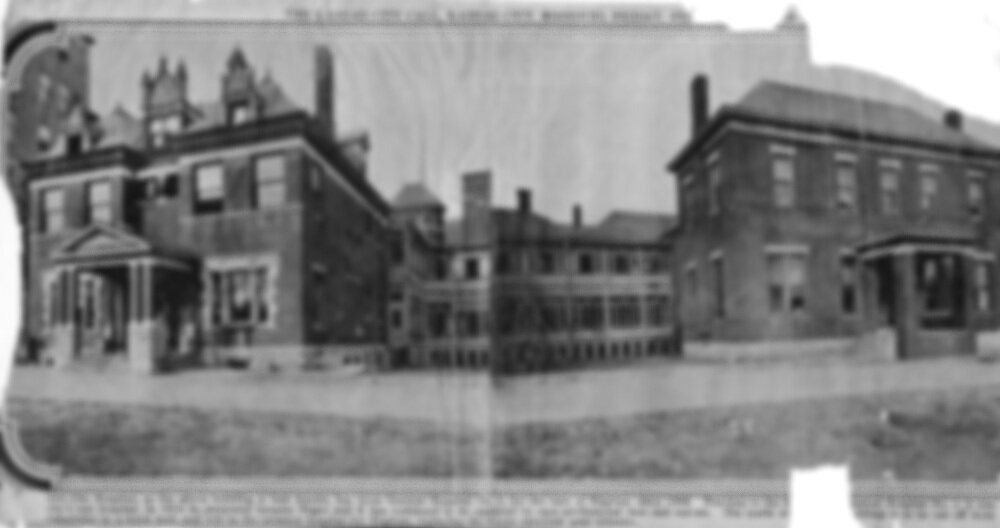
General Hospital No. 2
22nd & Kenwood (demolished)
General Hospital No. 2
General Hospital #2 served Kansas City’s African American population, especially the poor, for decades. The hospital existed in various forms at the corner of 22nd Street and Kenwood Avenue from its opening as the “colored division” of the city hospital in 1908 until the City’s consolidation of public hospitals in 1959. Not unlike many city services to African Americans, the Hospital’s segregated facilities periodically lacked adequate resources, but its stewardship of black professionals in government employment and construction of a state-of-the-art facility in 1930 rendered the institution representative to the African American community both as a center of professionalism and education and as a symbol of their expanding political clout.
Kansas City’s first public hospital had opened in 1873 and gained a negative reputation as it struggled to care for a quickly multiplying population. When the 1903 flood displaced much of the population of the West and East Bottoms, many of whom were African Americans and recent migrants, these most vulnerable groups were directed towards an emergency hospital set up at Convention Hall rather than the overcrowded, ageing location on 22nd Street. Dr. Thomas C. Unthank, one of Kansas City’s great African American doctors, who had set up his own practice in Kansas City, convinced the local authorities to convert this structure into a hospital for minorities once a new building was constructed to serve whites in 1908. The new General Hospital #2 would mostly serve the city’s poor, black population, as several other private options existed for those who could afford treatment.
Photograph of General Hospital #2, a hospital for African-Americans once located just north of the intersection of 22nd Street and McCoy Avenue (now Kenwood Avenue). This vantage point faces west towards the two main wings of the hospital. "Old City Hospital, as the above building is best known, has been General Hospital No. 2, for the care of Negroes, since 1908. Previous to the building of General Hospital No. 1, it was the city's one hospital. In 1914 its personnel became Negro and it has continued to be operated by race professional men and nurses. The north wing of the building is to be cut off from the remainder by a brick wall, and will be the isolation hospital for Negroes, replacing the frame structure used hitherto."
General Hospital #2 served as a prolific employer of African Americans locally, as the city hospital facilities were segregated in the patients treated and the doctors and nurses providing care. By 1924, the Hospital had an all-black staff and administration, and by 1930, it accounted for over 90% of professionalized black city employees. The Hospital received the highest accreditation from the American Medical Association and served as an important regional, even national location for training recent black medical school graduates.
Constructed in 1930, the new General Hospital #2, erected adjacent to the old building, replaced the terrible conditions of the old structure and brought needed new resources for treatment of Kansas City’s African Americans, especially after a fire had endangered patients in 1927. Funding of $300,000 was secured for the facility through a bond issue,
illustrating the pull influential individuals like Dr. William Thompkins employed in securing the support of the Pendergast machine. The Call, Kansas City’s pre-eminent African American newspaper, labelled the facility “the best money could buy.”
Within the coming years, however, the decline of the Pendergast machine, alongside the poaching of medical supplies by General Hospital #1, would strain the institution’s resources. The Hospital underwent a decline over the following decades as recruitment for black doctors stalled nationally and the building proved unfit for some of the functions of a hospital. Although the City decided during the late 1950s to consolidate the two hospitals, Truman Medical Center has served as the City’s public hospital since the early 1970s. While neither of the buildings that housed General Hospital #2 remain today, the neighborhood has retained the moniker “Hospital Hill.”



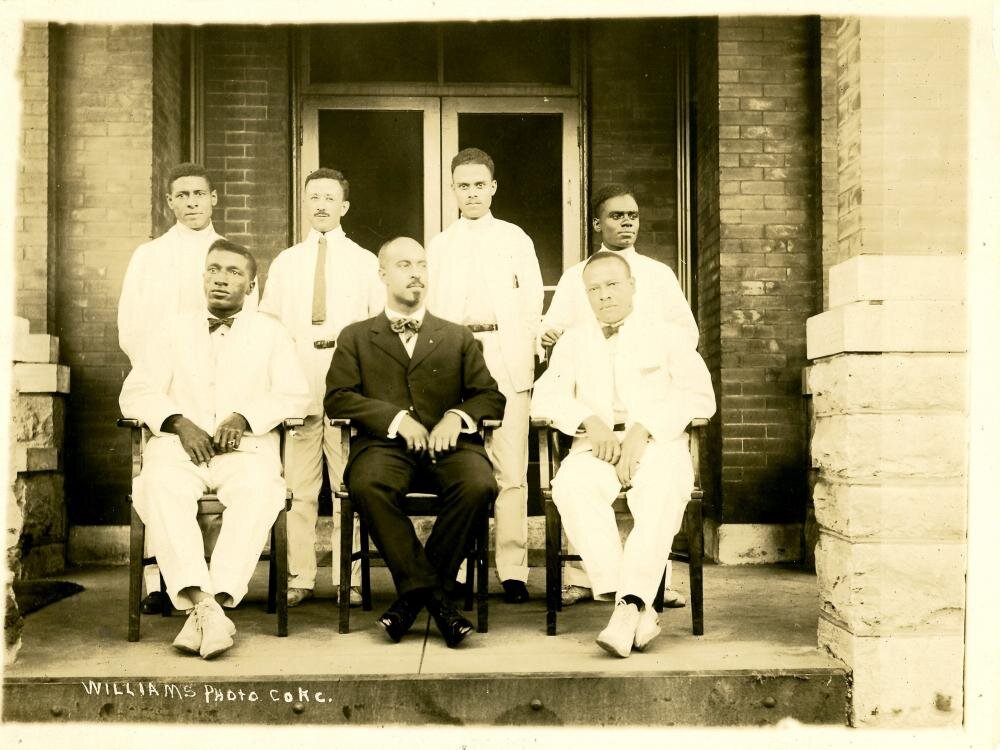
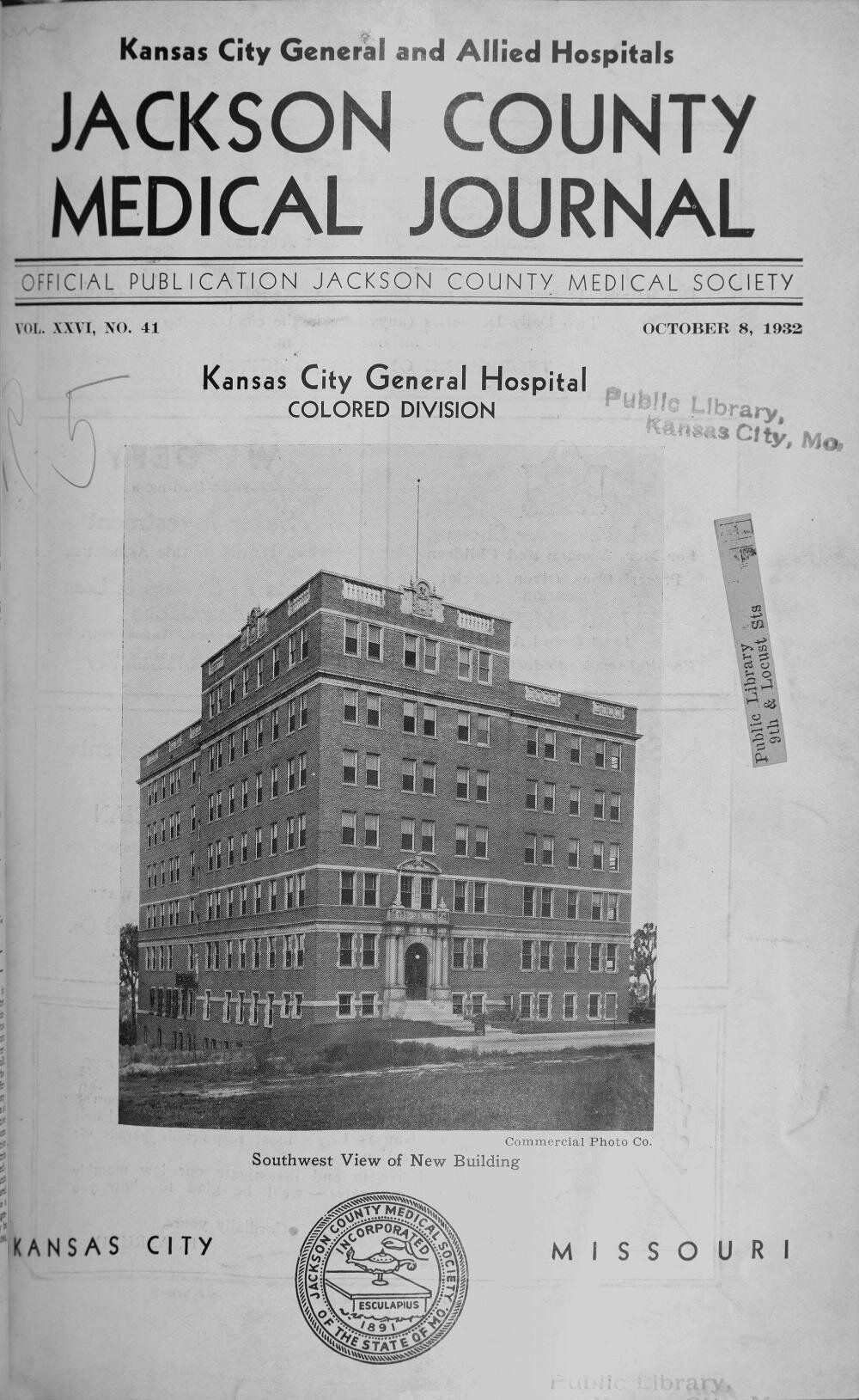
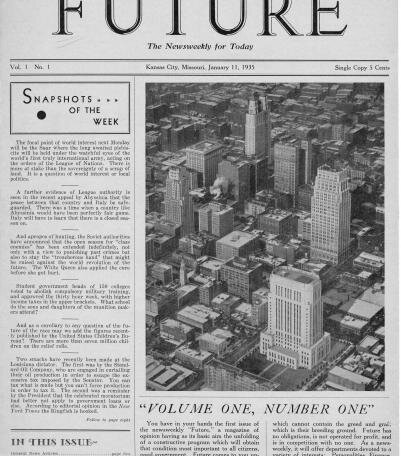
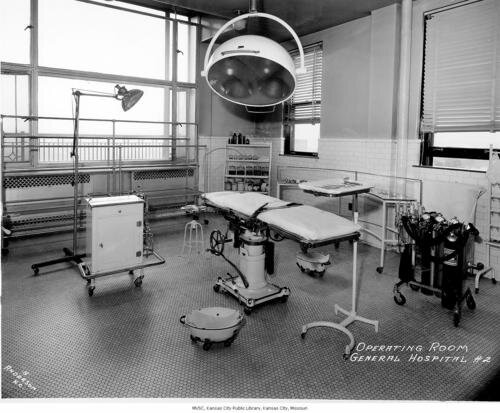
content provided by:



